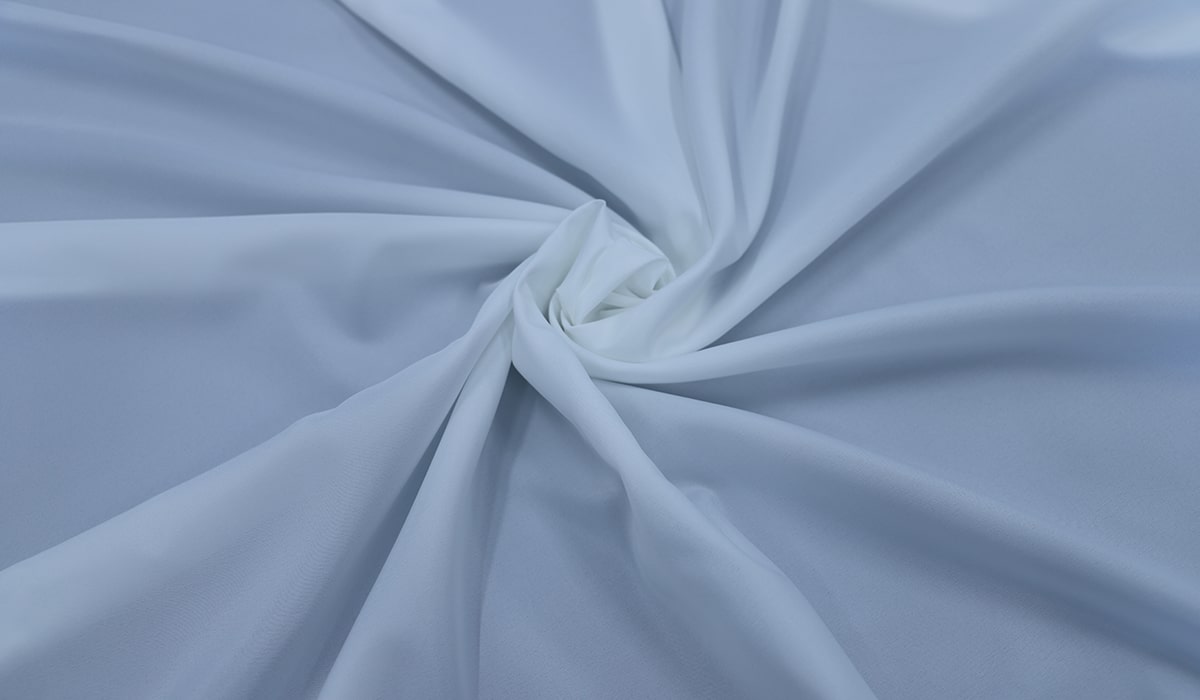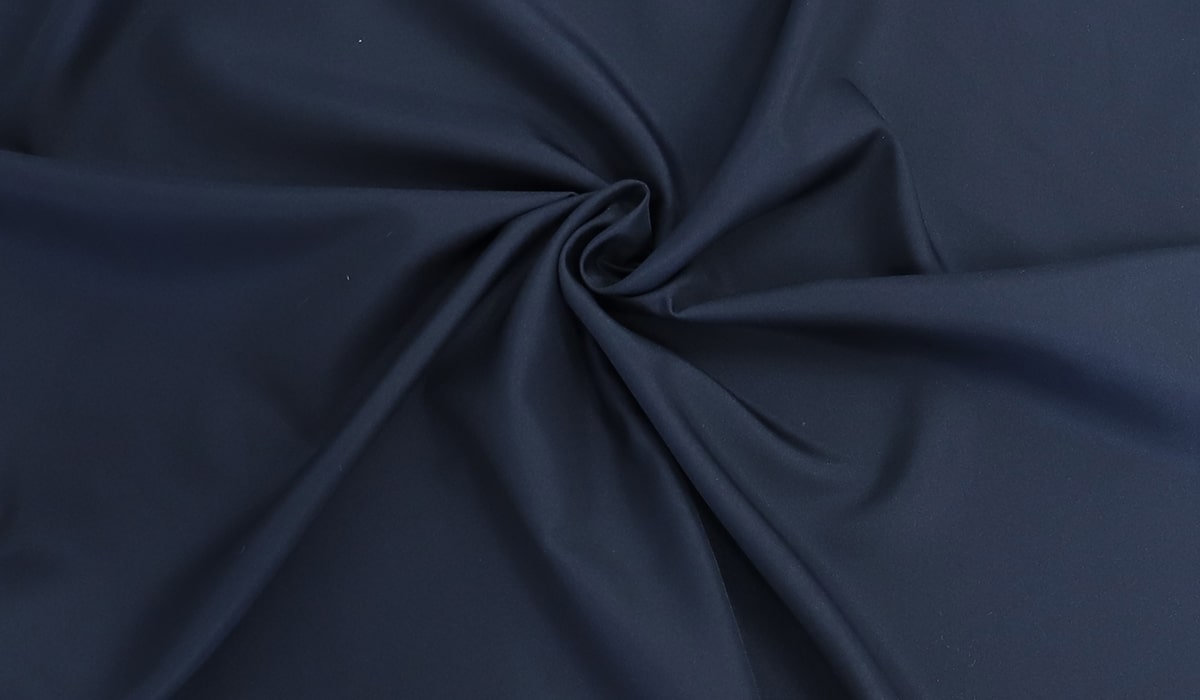Sewing a Lining Makes all the Difference to your Wedding Dress

The secret behind the high-end, custom-fit wedding outfits is the lining used beneath them. Not only they add volume to your dress but also, a good lining increases the longevity of wedding gowns, skirts, and others. Shop around, and all the dresses you will come across have a lining sewn with it. It helps making the entire process easier and prevents the dress look excessively transparent. Especially for the lightweight fabrics like organza, chiffon, and tulle, lining adds a volume and prevents transparency. Moreover, with a good lining your dress have a cozy look, notching up a lasting impression.
However, sewing a lining with the dress is not as easy as it sounds. It’s a fantastic technique though. Here’s a look at the way how our designers sew the fabric to create beautiful Wedding Gowns.
Difference between Lining & Underlining
As you may know, adding a lining to a garment is basically creating another version of the garment that is sewn together separately, turned inside-out, and then attached to the inside of the garment. Practically a major part of the lining hangs absolutely free right encases the inner construction for a clean finish inside.
But the concept of underlining is different, and it is fixed inside the garment and none of it is actually free flowing. Henceforth there’s no separate part of the underlining. It does not hang freely or sheathe any inner construction.
Underlining is sewn with each piece of your wedding dress as a “backing”, so it is still flat, so that the two separate fabrics looks joined throughout the dress as they are sewn together. It gives the dress the much-needed volume, support and lets you put on the dress without much hassles. Most importantly, underlining the dress does not really hide or cover up the minute construction details. In fact, an underlining fabric hold the embroidery and every other detailed work on the fabric tightly in order which lends your dress a sheer personality. In fact, many underlining clothes come with a clean, enclosed finish simply because it helps in holding things at the right place.

Advantages of Lining
There are plenty of advantages for stitching a lining onto a dress. It amps up the aesthetics of the bridal gown while having a host of functional benefits. Especially if the train of the gown is made from something like tulle, organza or chiffon, an inner lining or underling helps to keep things in place without much hassle. Here’s a look at how beneficial it is.
- If the fabric is too flimsy, lightweight, sheer, and delicate garment and you want to make it a little too heavy so that you can flaunt it like a princess of your dreams, it’s crucial to sew a lining with it. Almost 100% of the time it makes a great result. And, with a lining, there’s almost always a little more oomph, strength, and structure. Underlining is certainly a great option for this.
- Underlining makes a great covering. For example, if you ever want to hide the bone casing, interfacings, stitches, pockets and hems and last but not the least seam shadows, there’s nothing more perfect than a proper lining. This way you can prevent it from being seen at the outer area of the garment. A lining thus help you keep things covered without making your dress look too heavy.
- Have you ever wanted to change the character or hand of a fabric? Or may be its color tint?
An underlining can add body to a garment as well as help make the dress appear in a different shade. - Most importantly, it extends the life of a wedding robe that’s once worn and preserved for a lifetime. Being flimsy, lightweight fabrics like chiffon, tulle or organza are prone to wear and tears. An underlined garment is otherwise strong and is less likely to get damaged even after years.
And there’s a cookie point. A cotton lining sewn inside the robe helps absorbing perspiration, diminish wrinkles, and improves the fabric quality. It can add warmth, prevent fabrics from being damaged and can make an otherwise nondescript fabric look and feel expensive.
The Final Takeaway
To say the least, underlining allows you to give your fabric more volume and personality. Simultaneously, it helps making your garment more comfortable, professional, and durable.




